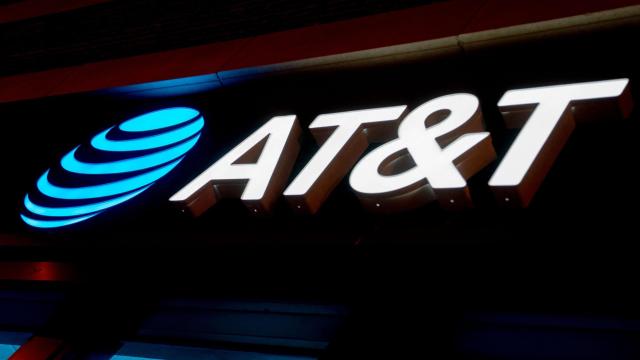AT&T’s fibre-optic internet service just got a serious speed boost.
The company is adding 2 Gbps and 5 Gbps speed tiers to its home and business broadband service. These ultra-fast plans will be available to some 5.2 million customers across 70 metro areas to start before the company expands its fibre footprint to cover 30 million customers by 2025.
The symmetrical 2 gig and 5 gig plans provide some of the fastest home internet available from any ISP (symmetrical means identical download and upload speeds). To put these data rates into perspective, the average broadband download speed in America is 132.6 Mbps, or around 15x below the slower of AT&T’s new tiers. Previously, AT&T’s network ranged from 300 Mbps to 1 Gbps. With these two additions, the company can compete against Google’s 2 Gbps fibre option and Comcast’s 3 Gbps offering.
While these tiers will be overkill for the vast majority of customers (4K video streaming requires only 25 Mbps, I should point out), the pandemic and the subsequent shift toward remote work has intensified our growing need for more bandwidth. Now, our home wifi needs to accommodate not just our personal gadgets, but the equipment we use for work.
“As we set out to become America’s best connectivity provider, we’re doubling down on fibre in our broadband infrastructure,” said Jeff McElfresh, CEO of AT&T. “With true multi-gig speeds, and symmetrical upload and download, AT&T Fibre will redefine how we experience the internet and drive innovation, from education, to work, to entertainment.”
AT&T was surprisingly transparent about pricing, though these tiers will predictably cost more than what you’re currently paying. The 2 Gbps plan will cost $US110 ($153) a month while the 5 Gbps plan is priced at $US80 ($111) a month. I currently pay $US60 ($83) for 1 Gbps so these plans scale rather favourably. Google’s 2 Gbps plan costs $US100 ($139) a month while Comcast’s 3 Gbps symmetrical plan is offered for $US300 ($416) a month, making it considerably more expensive.
AT&T says new customers won’t have to deal with any of the nonsense we’ve come to expect from ISPs, including equipment fees, annual contracts, data caps, and 12-month price increases. That means your total cost should be the numbers above plus tax. You also get the usual free add-ons, including ActiveArmor internet security and an HBO Max subscription. You will need to ask AT&T for upgraded equipment because a Wi-Fi 6 router is required to get the most out of these tiers.
The faster network tiers will be available in dozens of metro regions. AT&T highlights L.A., Atlanta, and Dallas, but most major cities, including Austin, Miami, San Francisco, and Orlando, will receive multi-gig speeds. Notable exceptions include Houston, Columbus, Chicago, Detroit, San Antonio, and Oklahoma City, which are limited to 1 Gbps and below. You can check availability in your area by going to AT&T’s fibre page and selecting the “Up to 5 Gig” tab.
It’s worth emphasising that these two top tiers are excessive for most customers, even those who simultaneously stream 4K videos on multiple TVs. AT&T claims its 2-gig plan is best for the “interconnected home” while its 5 Gbps option is meant to “engage, stream, and connect at unsurpassed speeds.”
“Multi-gig speeds are ideal for customers who live a connected lifestyle. Like freeways with several high-speed lanes, multi-gig speeds open those lanes for your various connected devices to run at the fastest speed,” an AT&T spokesperson told Gizmodo.
“Overall, the combined bandwidth needs of several devices will also benefit from the added speed and bandwidth multi-gig provides – meaning devices can perform at their peak performance because they are not competing for the same bandwidth. This new offer will also set up customers to ‘future-proof’ their home network as more multi-gig capable devices and technologies come to market.”
The truth is, though, that even the company’s 300 Mbps plan is said to be enough for 10+ devices, so unless you’re pushing masses of data by streaming video, running data-heavy simulations, or living in a large house with dozens of gadgets, then you probably don’t need to upgrade (at least, until the metaverse ends up being real).
AT&T’s fibre expansion comes just days after the company began rolling out C-band 5G to eight metro areas, bringing faster mobile speeds to a small segment of customers. This home internet deployment is much more impressive in scope, and AT&T isn’t stopping there — the ISP says it achieved 10-gig speeds in its labs in what could be the next checkpoint in the never-ending race to provide enough bandwidth to our data-hungry devices.
